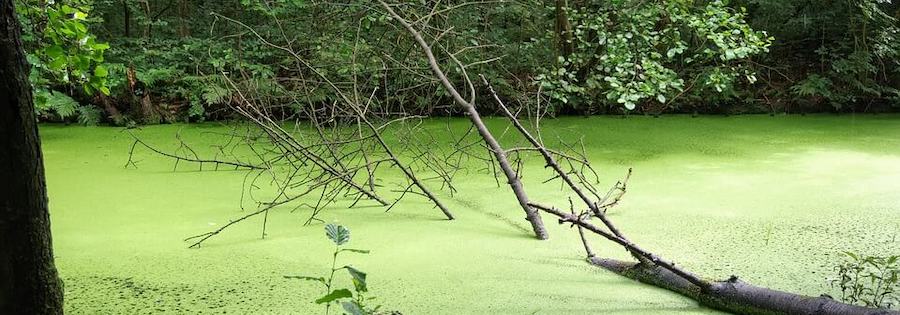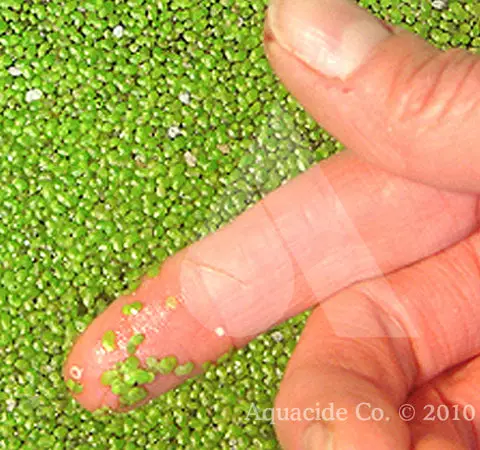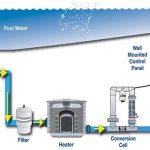Duckweed is a common nuisance in ponds, causing issues for both aquatic life and pond aesthetics. It grows rapidly, forming a thick green layer on the water surface, blocking sunlight and depleting oxygen levels. If left unchecked, duckweed can take over a pond, disrupting the ecological balance. In this article, we will explore effective methods to eliminate duckweed and restore the health of your pond.
1. Manual Removal
One of the simplest ways to control duckweed in a pond is through manual removal. You can use a fine mesh net or a pond skimmer to scoop out the duckweed from the water surface. Regular removal can help reduce the spread of duckweed and prevent it from taking over the pond.
2. Biological Control
Introducing natural predators of duckweed, such as certain species of fish or ducks, can be an effective biological control method. Fish like koi, grass carp, and tilapia feed on duckweed, helping to keep its population in check. Ducks also enjoy eating duckweed, making them a natural and eco-friendly solution for controlling its growth.
3. Aeration
Improving the aeration of your pond can help control duckweed growth. By increasing oxygen levels in the water, you create a healthier environment for beneficial aquatic plants and organisms, while making it less favorable for duckweed to thrive. Aeration can be achieved through the use of aerators, fountains, or waterfalls.
4. Chemical Treatments
For severe infestations of duckweed, chemical treatments can be used as a last resort. Herbicides containing active ingredients like fluridone or endothall are commonly used to target and kill duckweed. It is crucial to follow the manufacturer’s instructions carefully and consider the impact on other aquatic life in the pond.
5. Shade the Pond
Duckweed thrives in sunlight, so shading the pond can help inhibit its growth. Planting trees or installing shade sails around the pond can reduce the amount of sunlight reaching the water surface, creating a less favorable environment for duckweed to spread.
6. Nutrient Control
Duckweed thrives in nutrient-rich waters, so controlling the nutrient levels in your pond can help prevent its growth. Avoid over-fertilizing nearby lawns or gardens, as runoff containing excess nutrients can promote duckweed growth. Using nutrient-absorbing plants like water lilies or water hyacinth can also help reduce nutrient levels in the pond.

Credit: www.thepondguy.com

Credit: www.coastalspray.com
7. Physical Barriers
Installing physical barriers like pond liners or netting can help prevent duckweed from spreading to other areas of the pond. By creating designated zones where duckweed is contained, you can better manage its growth and prevent it from taking over the entire pond.
8. Regular Maintenance
Consistent maintenance and monitoring of your pond are essential for controlling duckweed. Regularly inspect the water quality, remove debris, and check for signs of duckweed growth. By staying proactive and addressing the issue early on, you can prevent duckweed from becoming a major problem in your pond.
Conclusion
Duckweed infestations can be a challenge to deal with, but with the right strategies and methods, you can effectively control and eliminate duckweed in your pond. Whether through manual removal, biological controls, aeration, chemical treatments, or other techniques, taking action to address duckweed growth is crucial for maintaining a healthy and balanced aquatic ecosystem in your pond.





